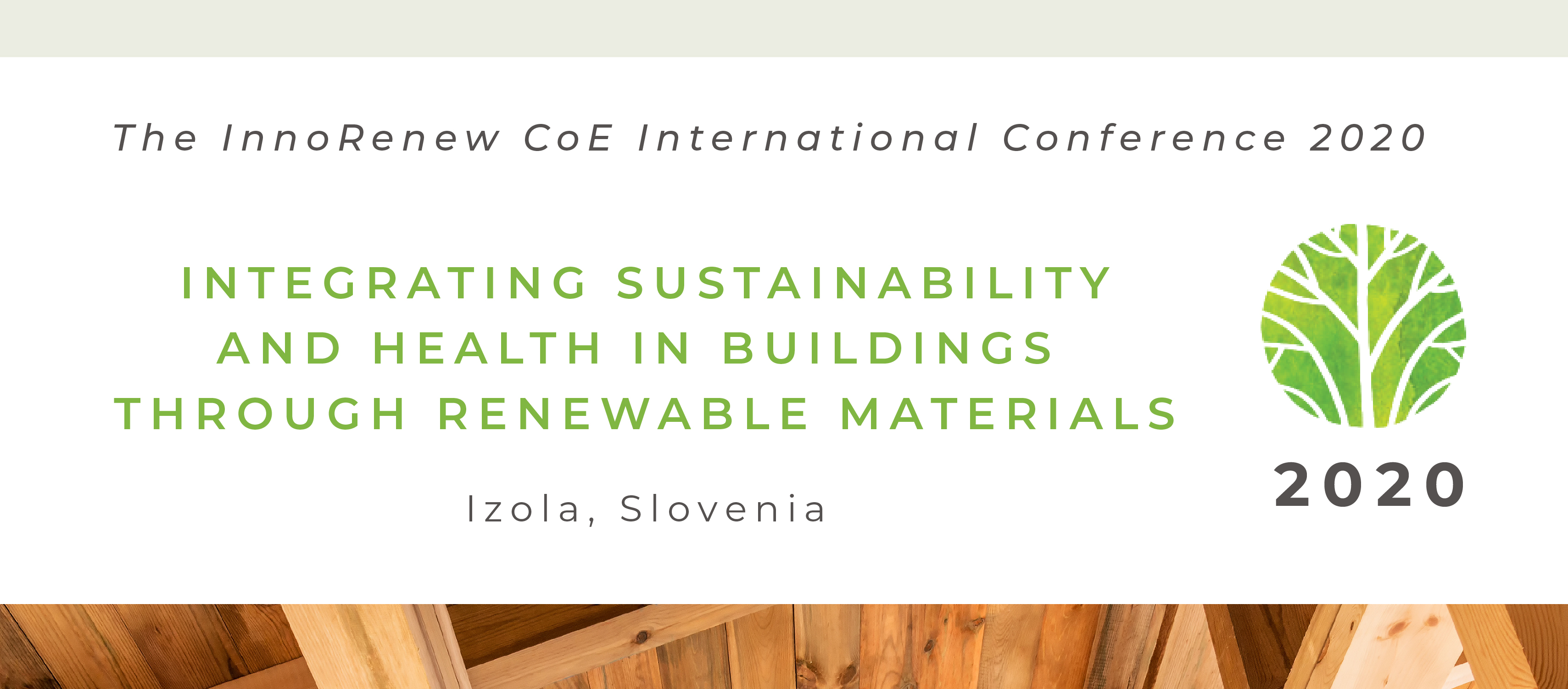Description
Important related topics.
Wood modification (chemical, thermal, impregnation) represents an assortment of innovative processes continually being adopted in the wood protection sector. COST Action FP1407 (Understanding wood modification through an integrated scientific and environmental impact approach - ModWoodLife) was initiated in 2015, with its 4-year programme aiming to investigate modification processing and...
The densification, i.e. transverse compression of solid wood can lead to improvements in the mechanical properties, and this opens up new applications for low-density wood species, in particular. For the past one hundred years, many efforts have been made to mass-produce densified wood products, but despite being available on the market, they still are niche products with annual production...
Renewable wooden products exposed to continuously variable outdoor climates are strongly affected by the moisture levels in the material. High moisture contents accumulated in wood dur-ing long periods, in combination with favorable temperatures, represent a risk for the durability of thermally modified wood products because of the decay development. In this context, numer-ical simulations can...
UV LED printing technology can be used for printing directly on wood which enables new options for unique printed wooden elements in the interior and exterior design. With the appropriate design and processing technology all kinds of wood samples and end products (doors, furniture elements etc.) can be enriched and their added value can be raised. Depending on the application’s end use, a pre...
Integration of sensors or any other diagnostic technology directly into a material or structure is a way to increase the safety level of the construction and provide other features as online diagnostics, predictive maintenance or a functionality of early warning in case of component failure. Many of the available embedded sensor technologies suffer from limited lifetime or necessity to have a...

